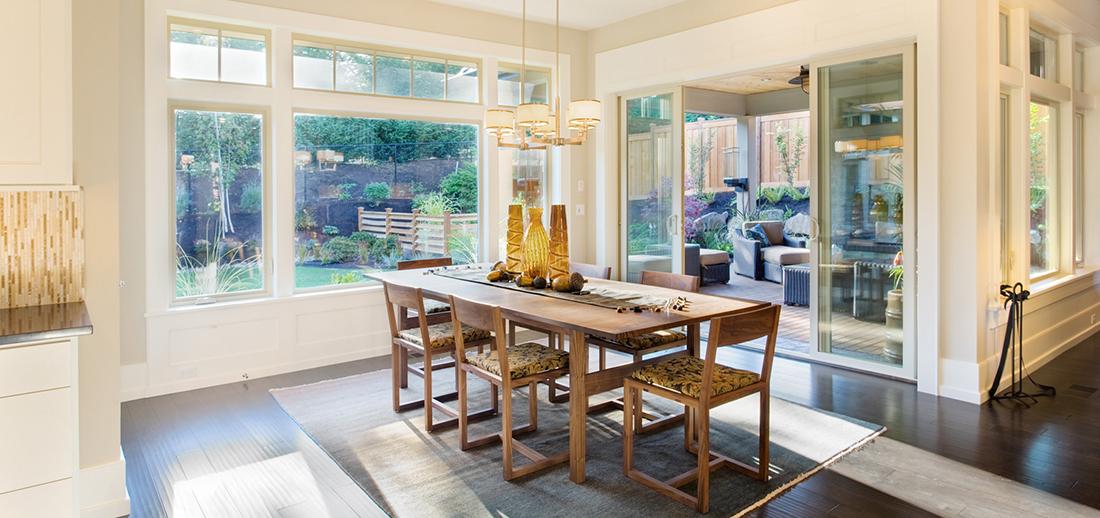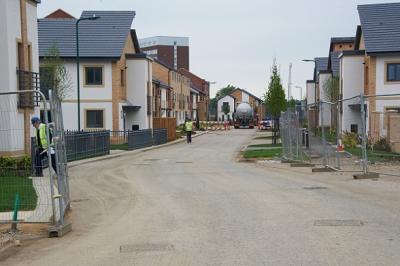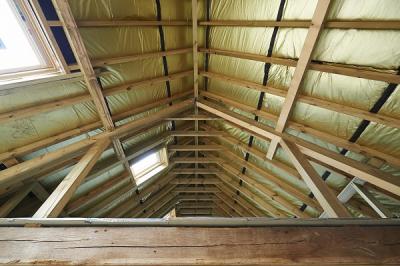Building regulations approval still needed for house extensions
A recent Government announcement that affects homeowners in England wishing to increase the size of their homes has been making the news recently.
Temporary measures (due to expire 30 May 2019) that allowed homeowners to build bigger single-storey rear extensions without the need for planning permission have now been made permanent.
This means that extensions of up to 6m in length can be added to terraced and semi-detached homes, and extensions up to 8m can be built onto detached homes without planning permission (this doubles previous limits).
While this means that homeowners in England no longer have to wait for planning permission to be granted - a process that can take some time - it doesn't mean that building regulations and other factors can be ignored.
Building regulations and home extensions - what's the process?
First the owner of the property with their building contractor and architect or designer will decide if the house is suitable for an extension.
Then the plans which detail the work that will be carried out during the build should be submitted to the local authority's building control team before work starts.
For minor works your builder might prefer to use a Building Notice. You can normally make your application over the phone or online and start within 48 hours.
During the build a surveyor will carry out site visits, and once the work is completed and the surveyor is satisfied that it complies with building regulations, a Completion Certificate will be issued.
If your extension is within 3m of a public sewer you'll also need a Build Over agreement with your local sewerage company.
Further information
Do I need building regulations approval for my extension?
How do I apply for building regulations approval?
Please Note: Every care was taken to ensure the information was correct at the time of publication. Any written guidance provided does not replace the user’s professional judgement. It is the responsibility of the dutyholder or person carrying out the work to ensure compliance with relevant building regulations or applicable technical standards.
Sign up to the building bulletin newsletter
Over 48,000 construction professionals have already signed up for the LABC Building Bulletin.
Join them and receive useful tips, practical technical information and industry news by email once every 6 weeks.
Subscribe to the Building Bulletin




Comments
Party Wall Act for proection of Adjoining Owners
Submitted 5 years 10 months ago
All further information on this change is an opportunity inform the public of the Act and also refer to the internet for further details - everything now is going global - www.gov.uk/party-walls-building-works.
Party wall agreements
Submitted 5 years 10 months ago
The building cost were increased but and it did look a bit ott but as I said to the builder we would rather invest in concrete than hot air.
Our surveyor refused to take any payment for his services so we left a couple of bottle of decent wine at his home and our grateful thanks.
The Party Wall Act
Submitted 5 years 9 months ago
Party wall agreements
Submitted 5 years 9 months ago
Sewers under extensions
Submitted 5 years 9 months ago
Ychwanegu sylw newydd